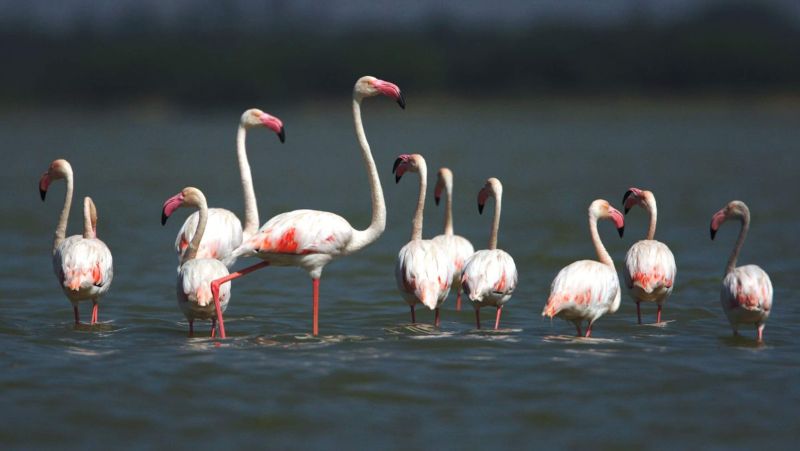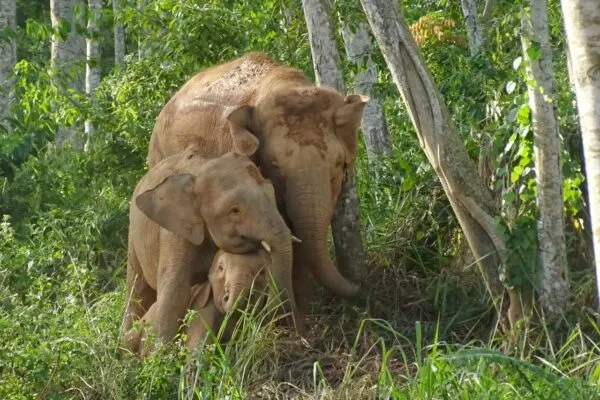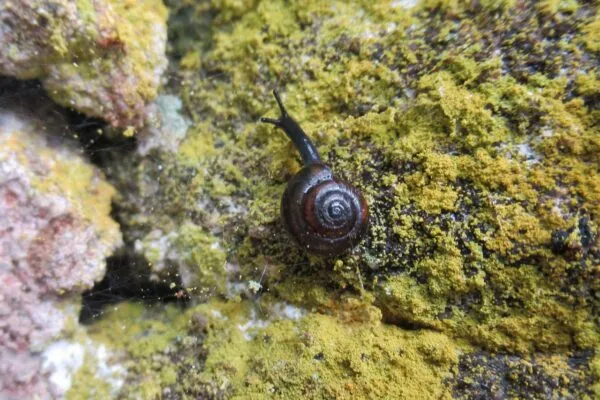UN Summit on Conservation of Migratory Species to Strive on Ecological Connectivity
The 13th Conference of the Parties to the Convention on the Conservation of Migratory Species of Wild Animals (CMS COP13) has started in Gandhinagar, India on February 17. CMS is an environmental treaty under the protection of the United Nations Environment Programme (UNEP). Member countries will focus on how best to protect migratory species in the fast-changing world.
The Conference will thrive on the concept of ‘ecological connectivity’ which calls for the protection and restoration of crucial geographical areas that together support migratory species during the various phases such as breeding and feeding.

Image: New Indian Express
While addressing the conference, Prime Minister Narendra Modi said that the Indian government firmly believes in the path of sustainable development and ensured that development happens without harming the environment.
Also Read: Key Things at COP-13 Summit for Conservation of Migratory Wildlife Species
He further added that the country has been supporting climate action based on values of conservation, sustainable lifestyle and green development structure. India will hold the presidency of the Convention for the coming 3 years and has prepared a national action plan to conserve migratory birds along the Central Asia Flyway.
The theme for CMS COP13 is – migratory species connect the planet, together we welcome them home. The conference has begun the streak of many summits regarding biodiversity that are to be held this year.
A UN Summit in September and the UN Biodiversity Conference at the end of 2020 will be held in the succession of COP13. Towards the end of the year, the Post-2020 Global Biodiversity Framework will be put in motion which would hold a new global biodiversity strategy for the next decade.
According to the UN Global Assessment Report on Biodiversity released in May 2019, the planet is in danger of losing 1 million species to extinction, including migratory species, unless the global community takes efficient action to protect them.
CMS COP13 will add new species for protection under CMS and also address the emerging issues and threats to biodiversity. Ten new species are expected to be added to CMS, including Asian Elephant, Jaguar, and the Great Indian Bustard, which is the mascot of the conference.
According to a recent report, the population of many species protected under the United Nations Environment Programme’s (UNEP) Convention on the Conservation of Migratory Species of Wild Animals’ (CMS) was on the decline despite being on the appendices of the Convention.
The decline in the number of species needs immediate attention and aid. Hopefully, the efforts of global communities will help in the conservation of migratory species across the globe.
UPDATE (February 20, 2020):
Animal culture, the learning process of non-human species through socially transmitted behaviours, is being linked to conservation action for the first time. CMS COP13 has been leading efforts to use scientific knowledge on animal culture, to better protect endangered wildlife.
During the conference, two such proposals were presented in Gandhinagar to consider conservation measures for the eastern pacific sperm whale and the nut-cracking chimpanzee.
UPDATE (February 21, 2020):
The proposal of India to include Great Indian Bustard, Asian elephant and Bengal Florican in Appendix I of UN Convention on Migratory Species was unanimously accepted at the CMS COP13. The inclusion of the species in Appendix I of CMS will aid in trans-boundary conservation efforts facilitated by international conservation bodies and existing international laws and agreement.
UPDATE (February 24, 2020):
The COP13 concluded with ten new species added to CMS Appendices. Seven species including the Asian Elephant, Jaguar, Great Indian Bustard, Bengal Florican, Little Bustard, Antipodean Albatross, and the Oceanic White-tip Shark were added to Appendix I, which provides the strictest protection.
The Urial, Smooth Hammerhead Shark and the Tope Shark were included in Appendix II, which covers migratory species that have unfavorable conservation status and would benefit from enhanced international cooperation and conservation actions.


